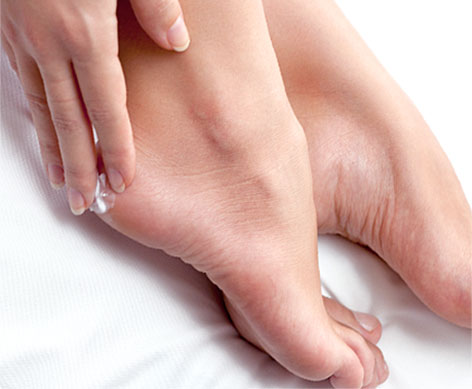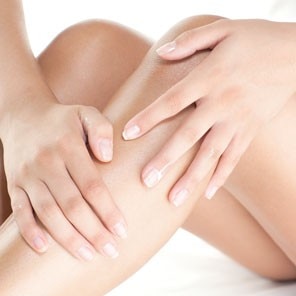Hyperkeratosis
Whatever your skin type, specific factors might trigger or lead to oversensitivity: Your skin reacts strongly when you’d rather it didn’t…

How can hyperkeratosis be defined?
What kinds of circumstances give rise to hyperteratosis?
Hyperkeratosis is mainly an adaptive physiological process that aims to reinforce epidermal resistance through the accelerated production of highly keratinized cells. Because of this, walking barefoot or doing intense manual labor causes the soles of the feet and the palms of the hands to thicken in a "reflex" response. This occurrence has a beneficial protective effect, but it creates discomfort on the skin's surface, which becomes coarse, rough and prone to cracks.
When the physical stress is localized (repeated friction, constant pressure on a very confined area), hyperkeratosis appears in the form of a callus. The most common example is the appearance of plantar calluses, linked to excessive pressure on a very small area of skin. The consequences of this are similar to those caused by the foot coming into contact with a foreign body.
How should hyperkeratosis be treated?
When the condition is linked to a physical cause (friction, abnormal pressure), the first thing to do is to eliminate this pressure if possible.
Getting rid of hyperkeratosis requires the use of hydrating and emollient products enriched in actives that break up the blocks of keratin. These keratolytic actives are essentially urea and salicylic acid. According to the thickness, location and cause of the hyperkeratosis, substances with various concentrations can be used by incorporating them into very rich textures.
For psoriasis treatment, using these keratolytic agents helps strip the skin of lesions. Once the hyperkeratosis has been eliminated, follow-up treatment can be started using dermo-corticosteroids or vitamin D analogs.


